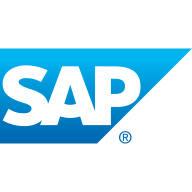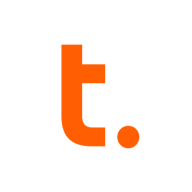

SAP Replication Server and Teradata compete in the data replication and management category. SAP Replication Server appears to have the upper hand in terms of pricing and ease of deployment, while Teradata stands out for its comprehensive analytics capabilities and scalable architecture.
Features: SAP Replication Server offers high-performance data replication, real-time data integration, and cross-database replication. Teradata provides comprehensive analytics capabilities, seamless data warehousing, and advanced scalability with its shared-nothing architecture.
Room for Improvement: SAP Replication Server could improve by enhancing cross-platform support, expanding its analytics capabilities, and addressing scalability issues. Teradata could benefit from simplifying its licensing model, improving ease of use for beginners, and reducing complexity in performance tuning.
Ease of Deployment and Customer Service: SAP Replication Server is easy to deploy and supported by responsive customer service. Teradata ensures a smooth deployment process with detailed documentation and specialized support, further enhancing user experience.
Pricing and ROI: SAP Replication Server is cost-effective in setup, offering a quicker return on investment due to straightforward integration. Teradata, while involving a higher initial cost, offers significant ROI through its expansive capabilities and long-term scalability.


Information and data-driven insight is what powers business today. But to get the most from your enterprise data, you need a way to bring transactional, streaming, social media, and other data together – regardless of its format and whether it’s structured or unstructured – and be able to analyze it. The challenge is moving, replicating, and centralizing a wide variety of data efficiently, cost-effectively, and quickly enough to meet business demands for active insight. SAP® Replication Server® can help. SAP Replication Server enables the continuous movement of mission-critical application data.
Teradata is a scalable data analytics platform designed to meet enterprise demands for large-scale data management and processing, focusing on performance, scalability, and security for complex query executions.
As a leading data warehousing solution, Teradata integrates advanced analytics enabling organizations to derive insights from massive datasets. It supports high-volume data workloads with its architecture optimized for analytical queries. Users benefit from its robust scalability, allowing seamless expansion as data grows. Teradata's SQL engine is compatible with a wide range of data types, ensuring flexibility in data analysis. With advanced security measures, it protects sensitive data across various environments, providing peace of mind to users handling critical information.
What are the most important features of Teradata?Teradata is widely used in industries like finance, telecommunications, and healthcare, where data-driven decisions are critical. Companies leverage its robust analytics capabilities to enhance customer experiences, streamline operations, and ensure compliance with regulatory requirements. In these sectors, quick access to data insights can significantly impact competitive advantage.
We monitor all Data Integration reviews to prevent fraudulent reviews and keep review quality high. We do not post reviews by company employees or direct competitors. We validate each review for authenticity via cross-reference with LinkedIn, and personal follow-up with the reviewer when necessary.